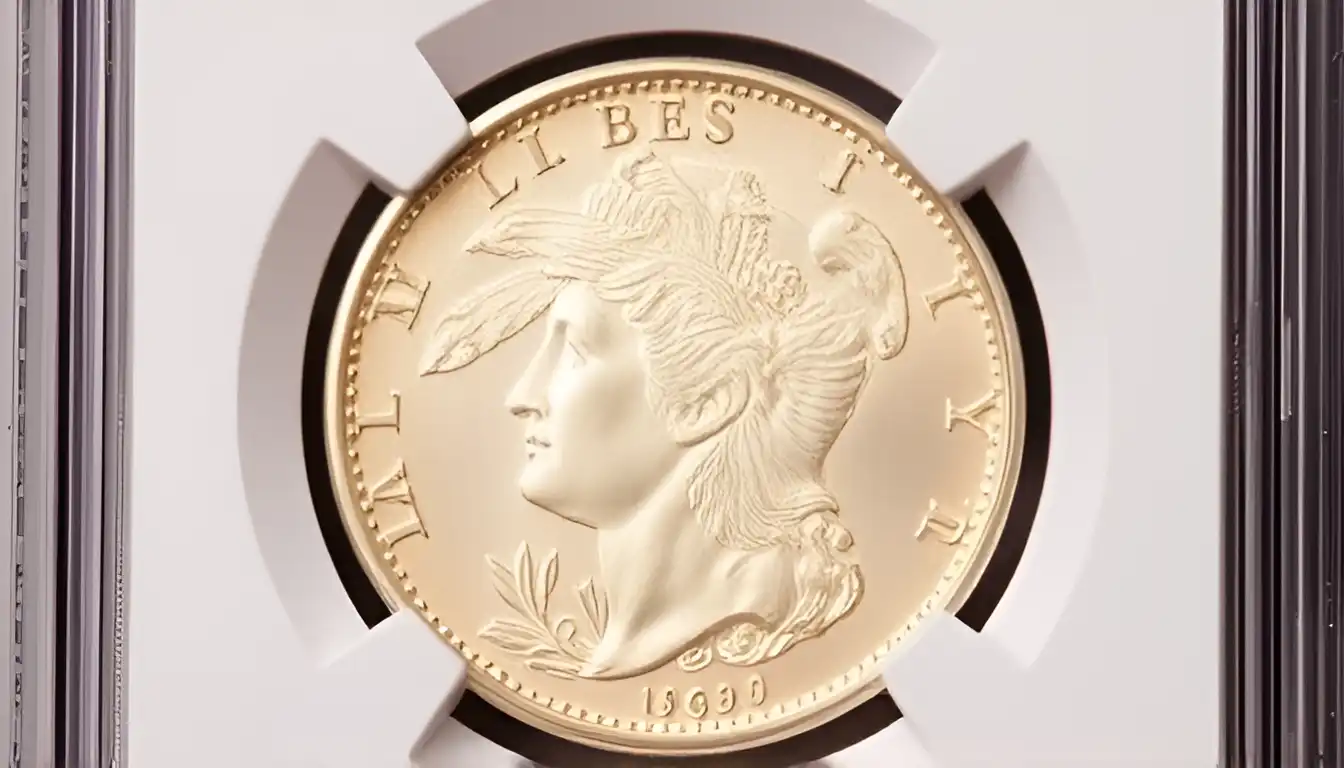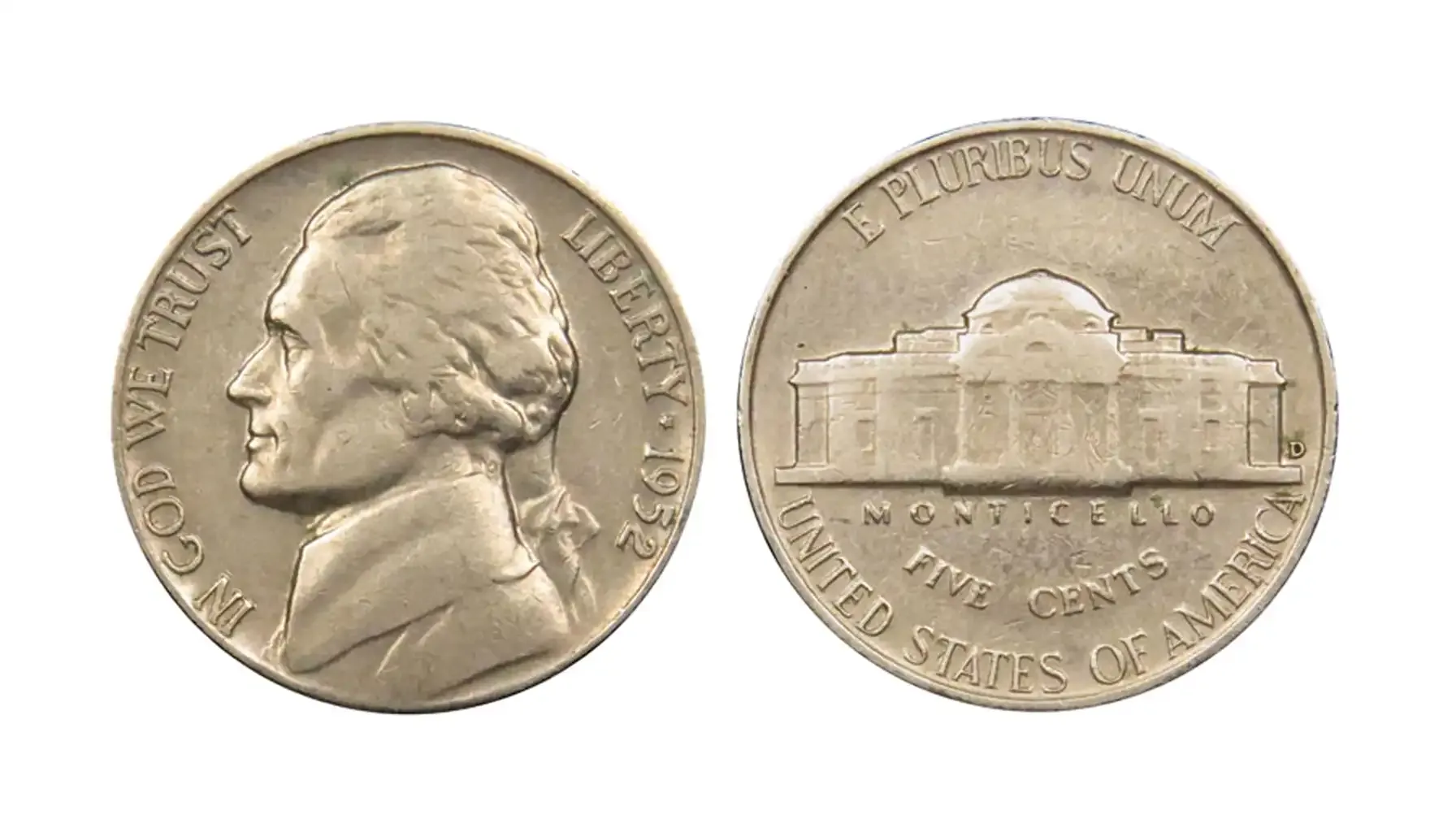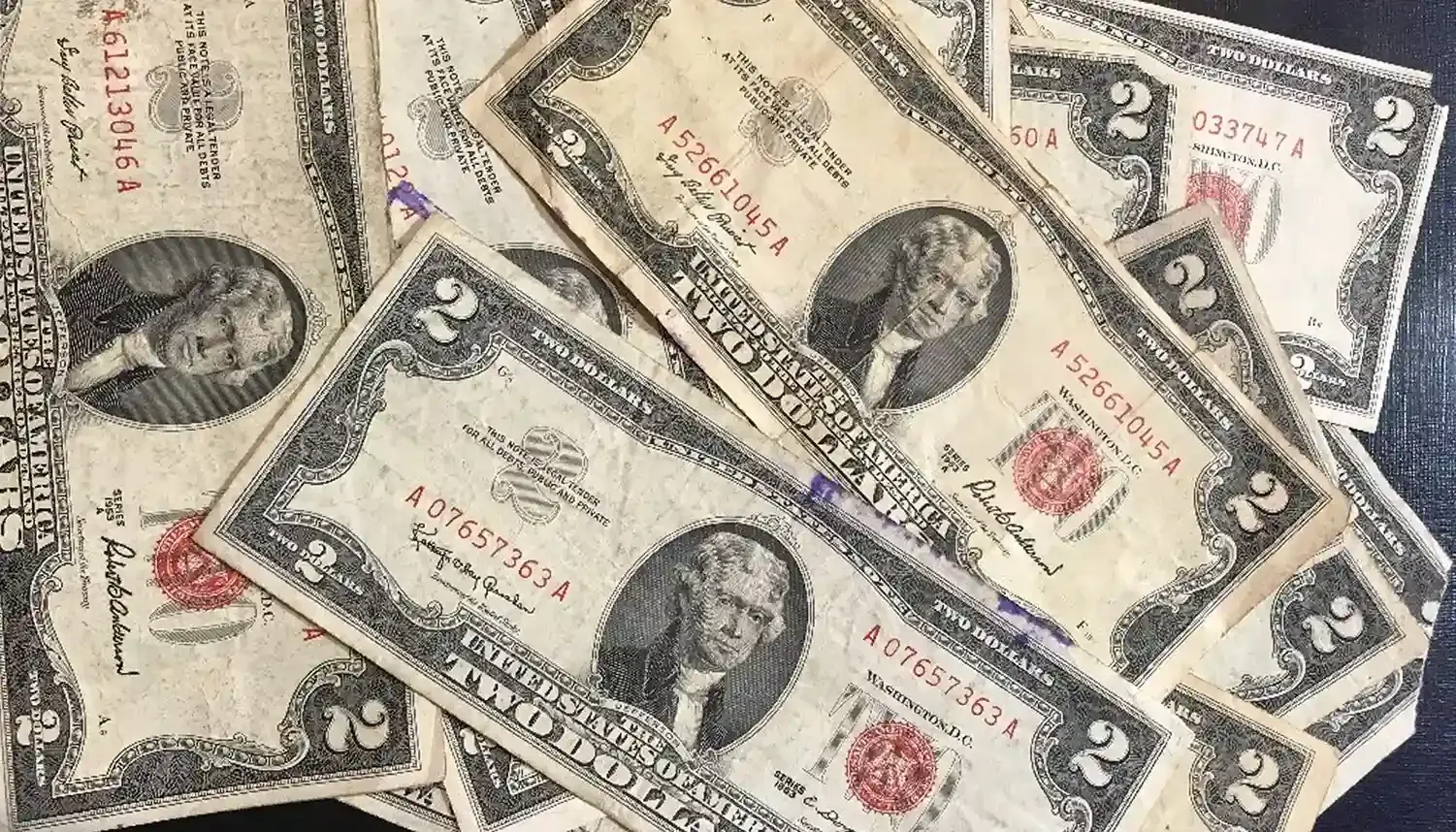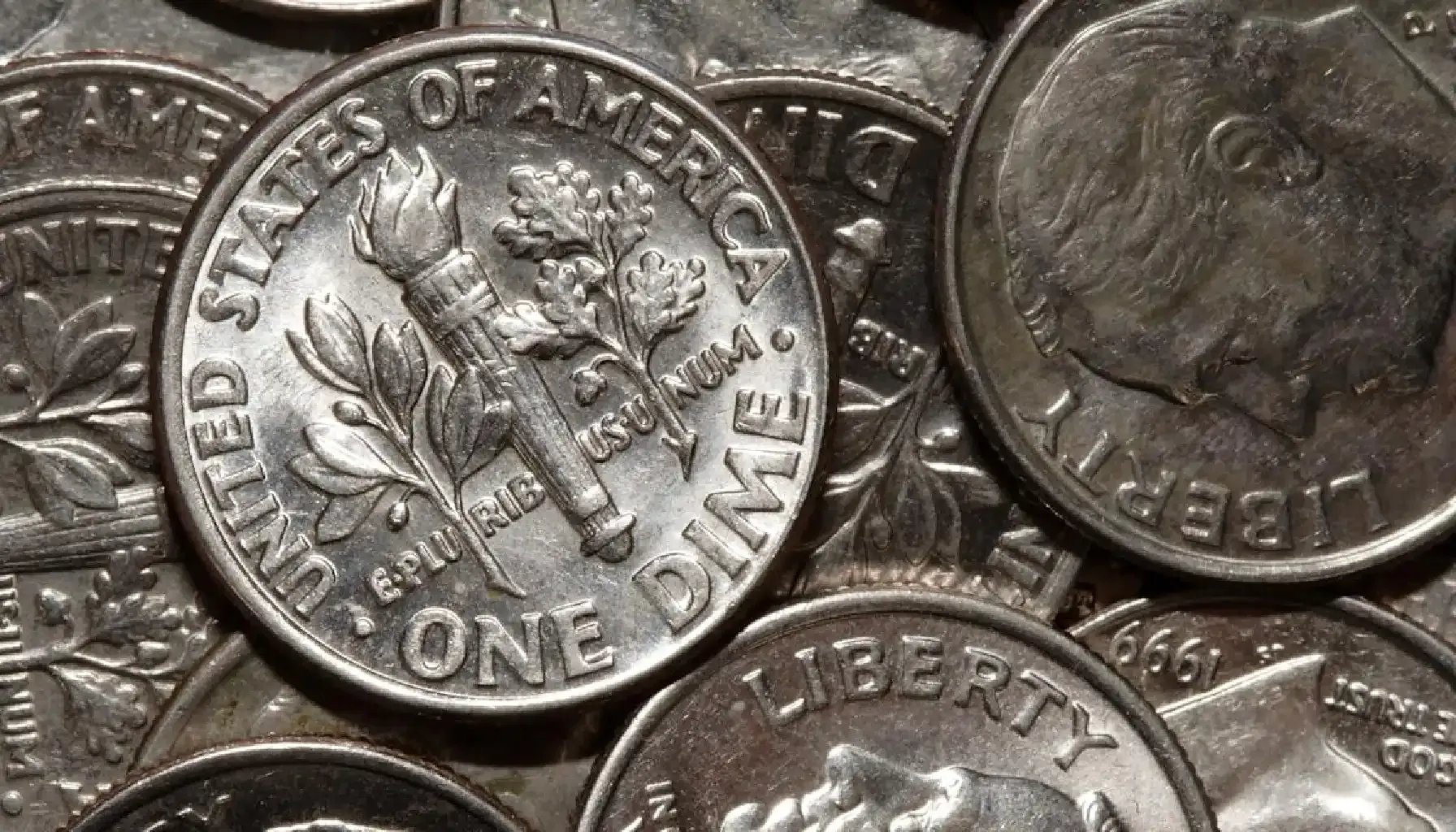In the rich world of collecting, certain numbers can even have their meanings. And among them, MS67 stands tall. But what does MS67 mean in coins? Why does it stir excitement among collectors and investors as well?
The MS Grading Scale
Grade | Description | Characteristics |
MS60 | Entry-level Mint State, noticeable imperfections, weak luster, marks from the minting process. | Multiple contact marks, lack of eye appeal. |
MS63 | Mid-level Mint State, some imperfections but generally attractive. | Good luster, minor contact marks visible. |
MS65 | High-quality Mint State, sharp details, minimal imperfections. | Strong luster, only minor flaws, overall appealing. |
MS67 | Near-perfect condition, highly sought after by collectors. | Brilliant luster, almost no visible flaws. |
MS68 | Exceptional Mint State, extremely rare in older ones, virtually flawless. | Full luster, sharp strike, nearly no marks. |
MS69 | Virtually flawless, only microscopic imperfections, usually reserved for modern pieces. | Mirror-like finish, impeccable detail. |
Disclaimer: There are also other types of grading. To find them, we recommend you to visit the PCGS Grading website where you can find everything about each type, e.g., MS 65 grade, MS 69 meaning, etc.
MS67 Coin Grade Meaning
MS stands for Mint State, which means the piece has never been used in a transaction. It’s untouched by the daily hustle and bustle of pocket change. The 67 is a score on the Sheldon Grading Scale (the best way to check collector coins for value), which runs from 1 to 70 and tells you exactly how well-preserved that specimen is.
In the case of MS 67 coin grade, this number means the specimen is close to perfection. It has a brilliant shine, sharp details, and the smallest, almost invisible imperfections.
What is MS67 Coin Grade for Collectors?
For investors, such a specimen holds real value. Because these ones at this grade are well-preserved, they tend to appreciate over time, especially if they’re older and harder to find. But for collectors, it’s more than just money.
It’s not so simple to find such a specimen. But collectors attend as many events as possible, e.g., a numismatic show Arizona, to find it.
Why not just settle for another MS piece that is lower in the grade? The answer lies in the experience of owning something close to perfection. For example, an MS60 coin is technically uncirculated but has visible marks and flaws that can detract from its overall appeal. An MS63 specimen might look better, but it’s still not quite good.

The Investment Potential of a Coin Grade MS67
As more collectors enter the market, the demand for high-quality specimens increases. This, in turn, drives up prices. It's true that MS 68 and MS69 grades may be priced even higher, however, they’re often unattainable for many collectors.
That’s why they choose MS67—it’s rare, beautiful, and still within reach for serious collectors.
Each grade differs, but MS67 is a one that offers collectors the best of both worlds—stunning beauty and high value. Any specimen may have such a grade, including silver half dollars, but not any will become yours, unfortunately.



